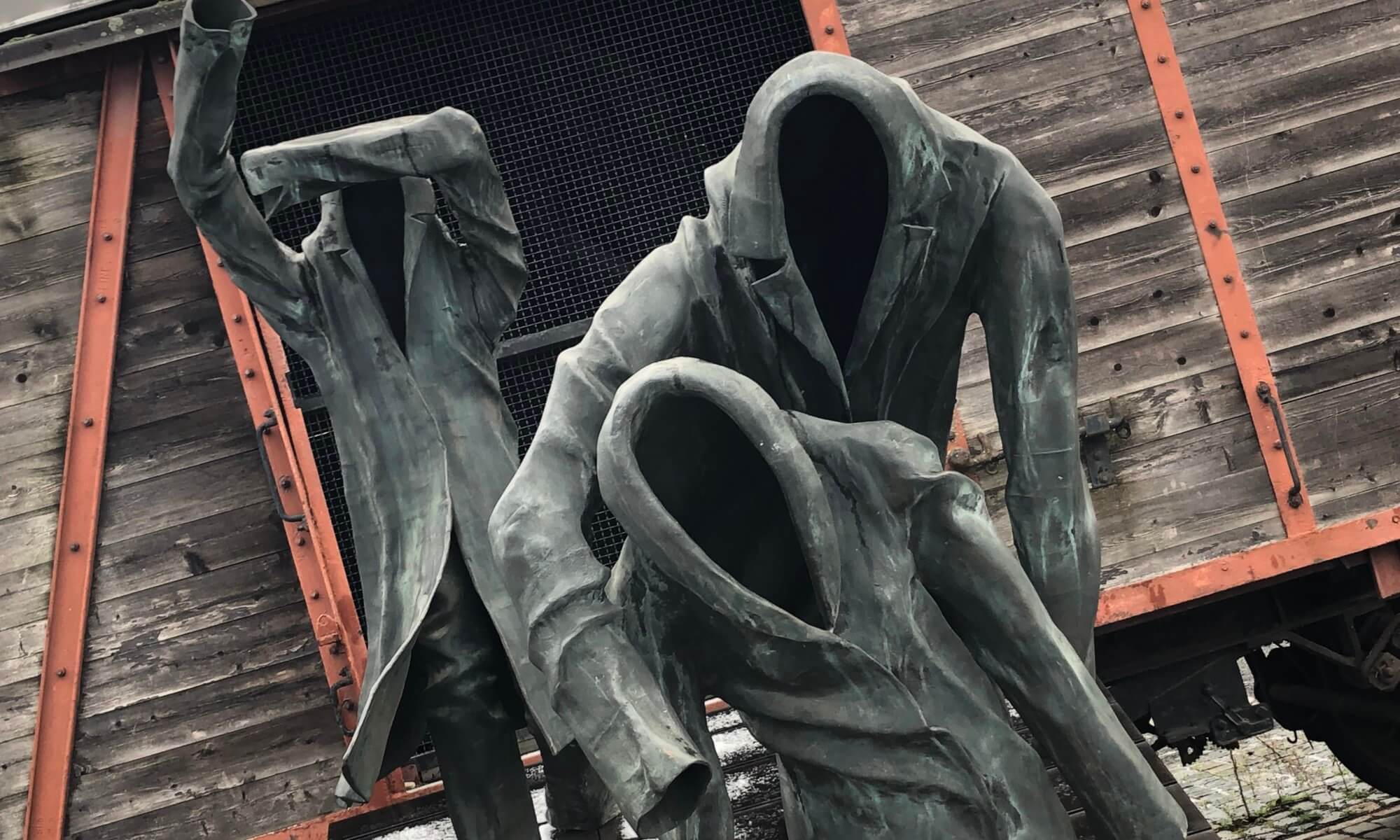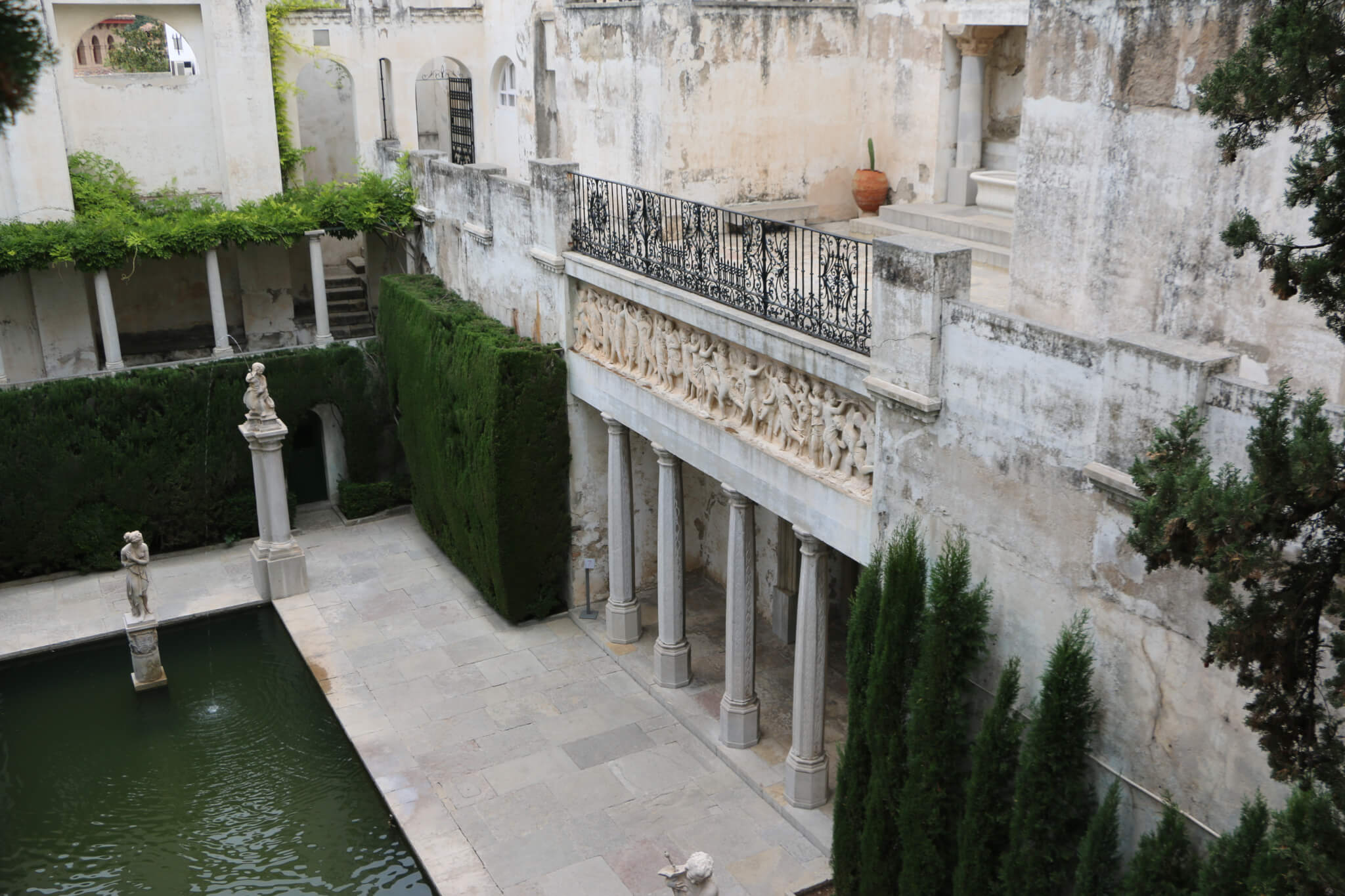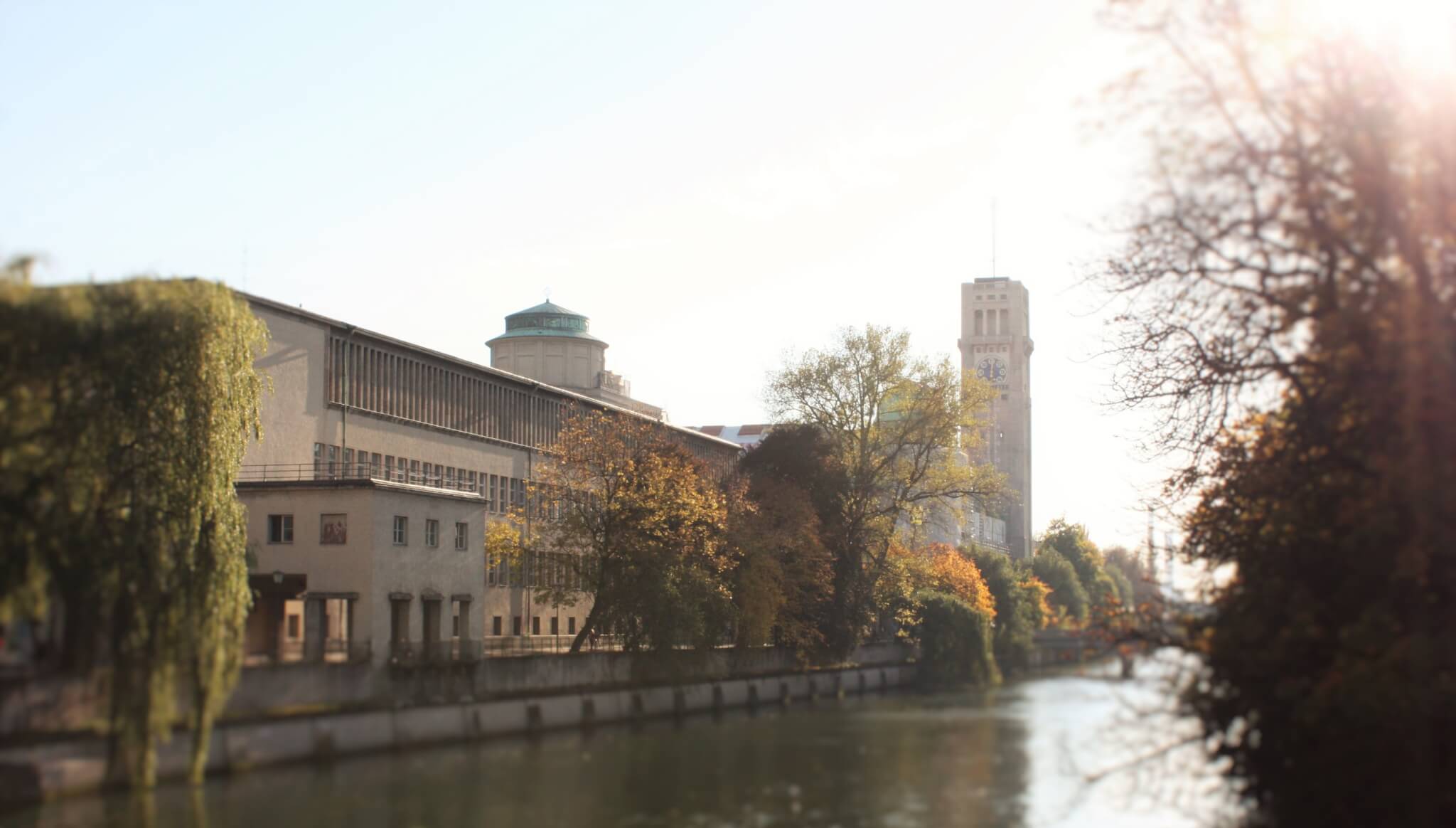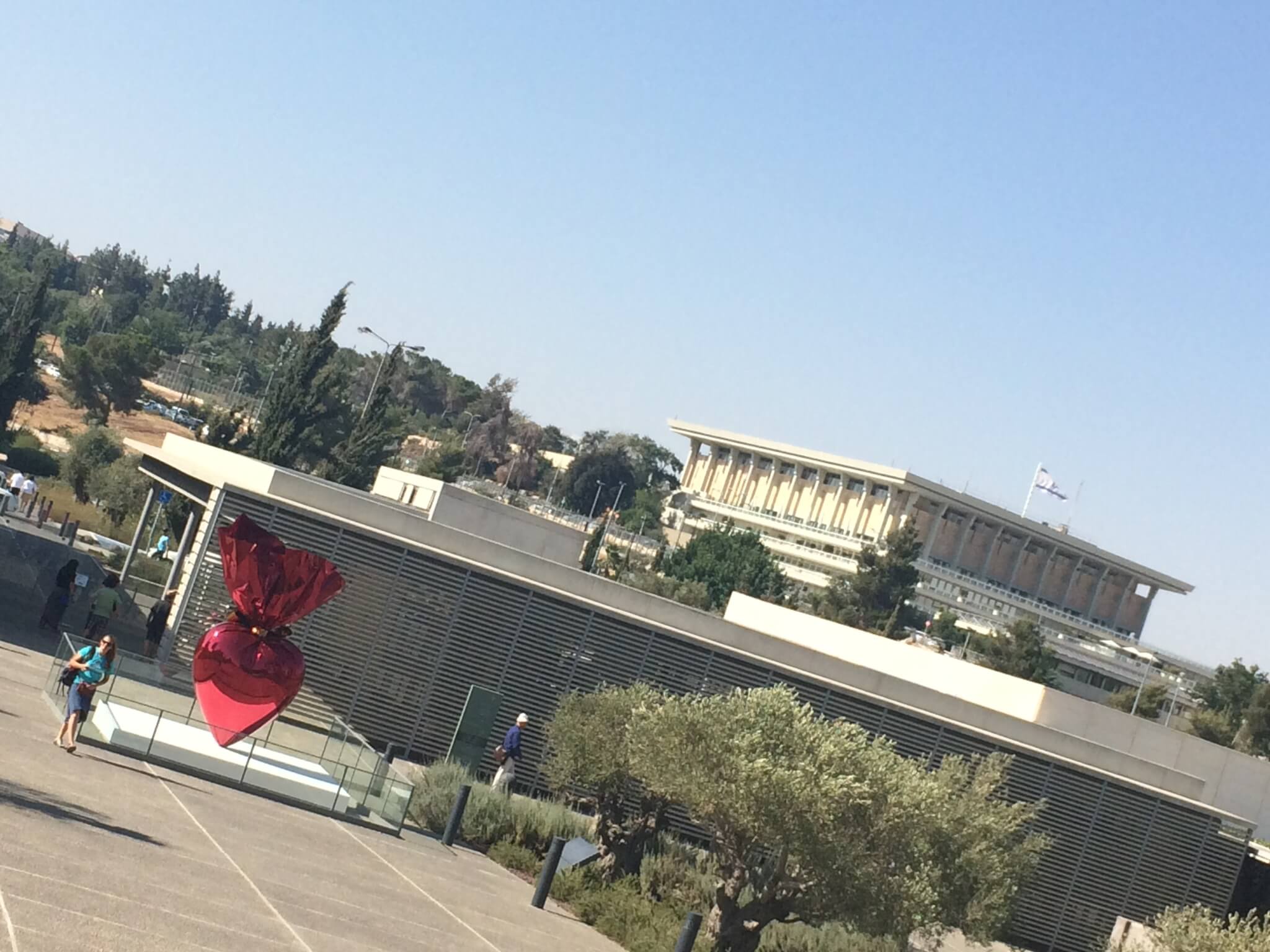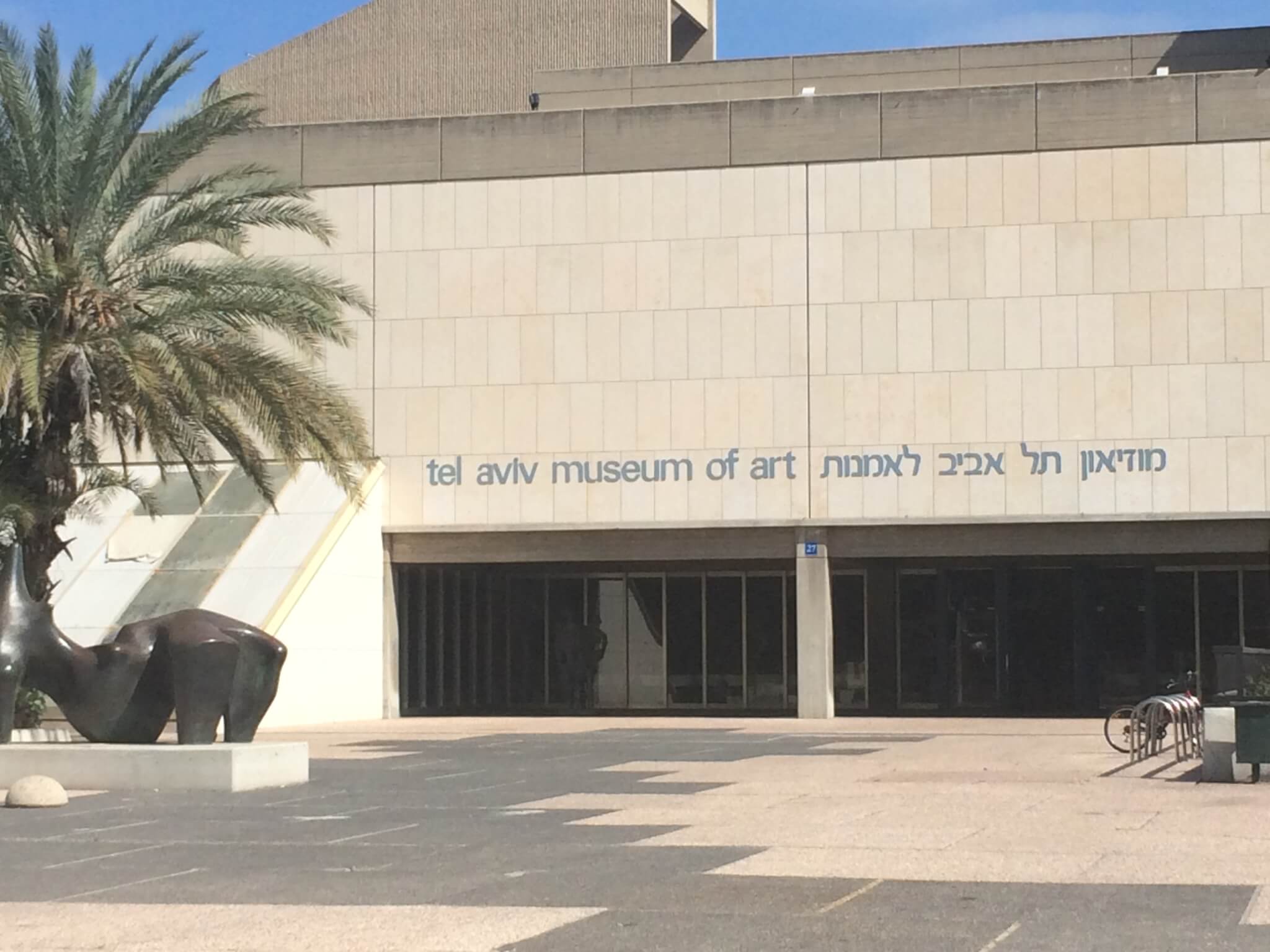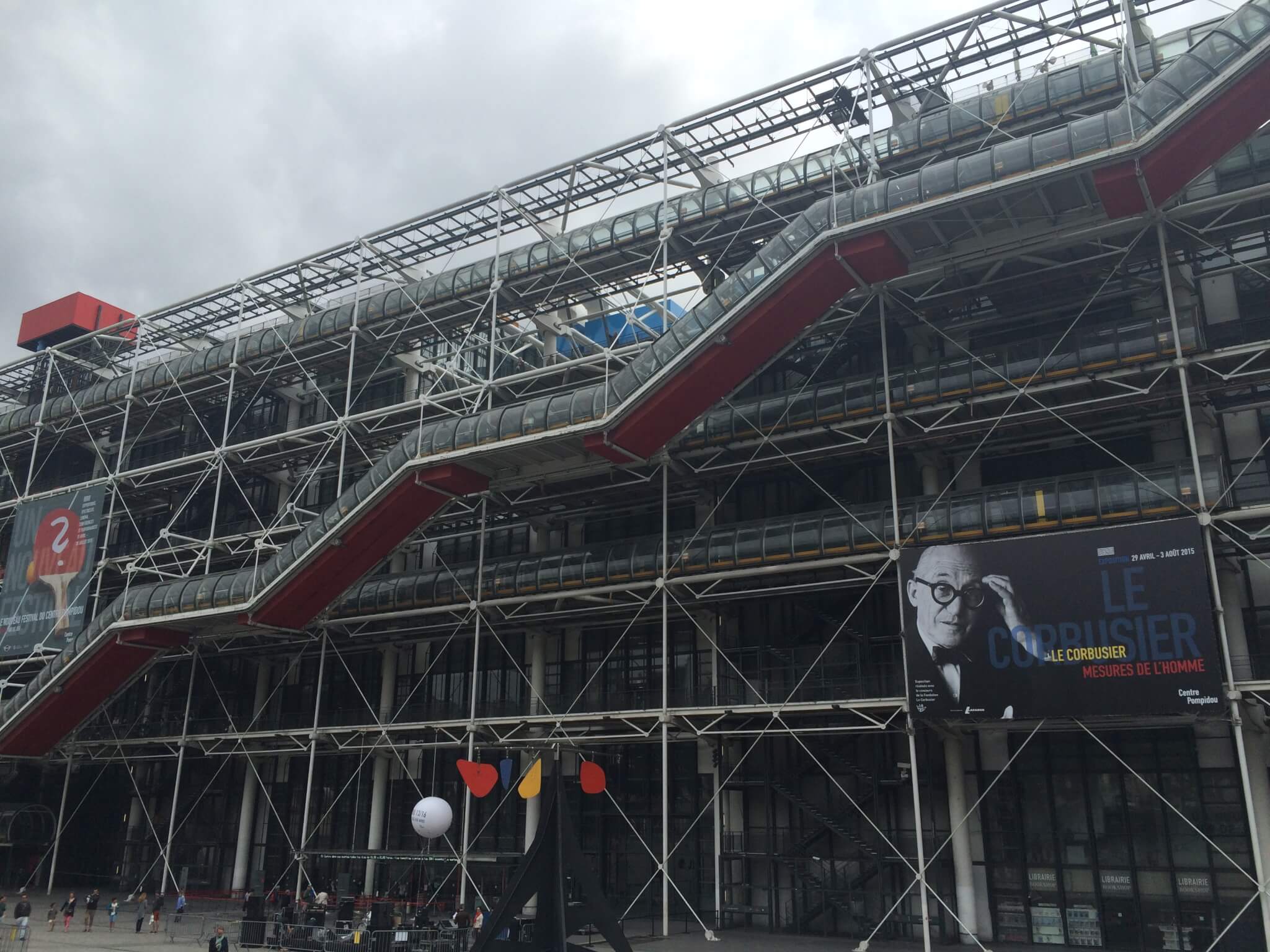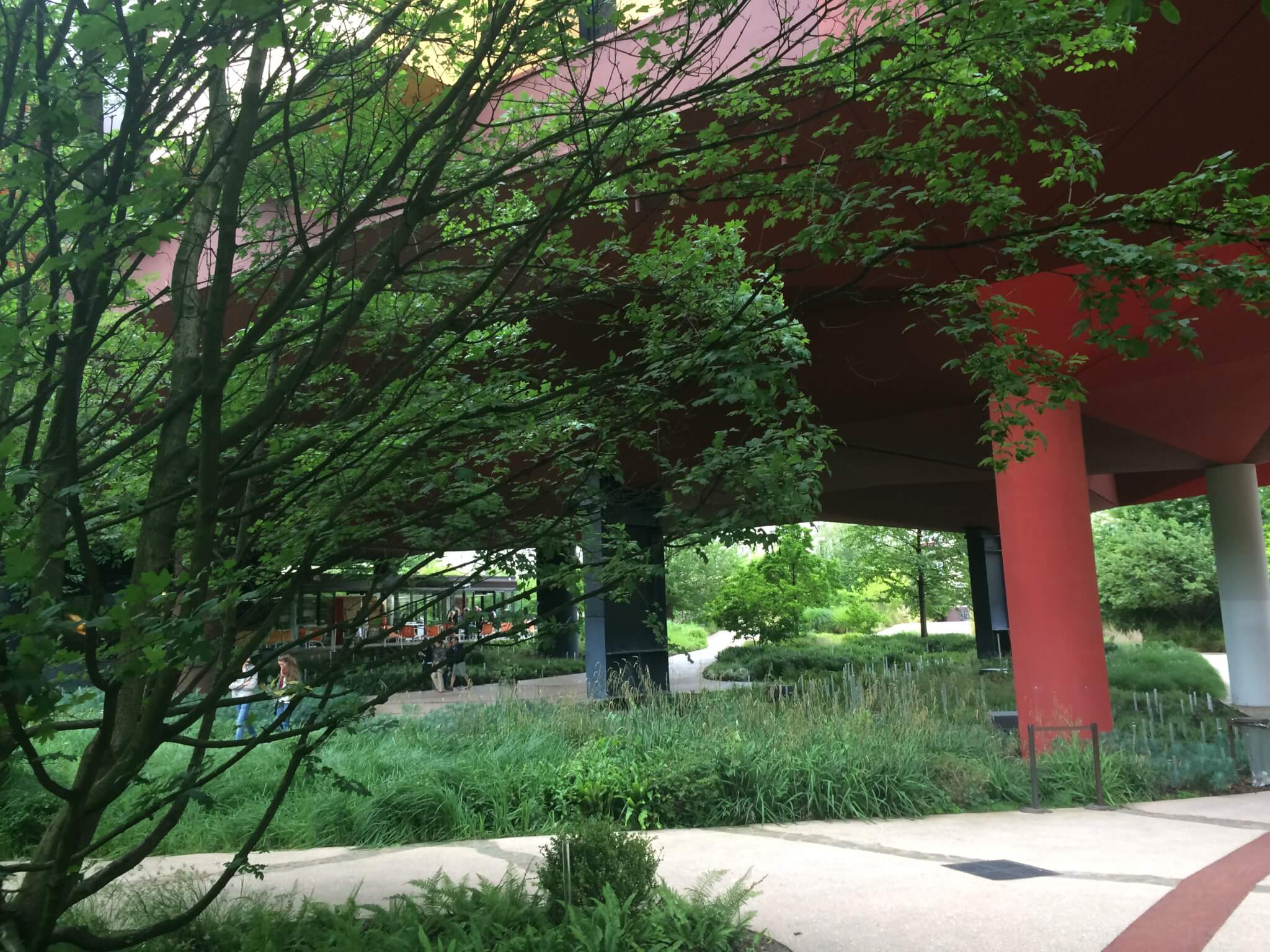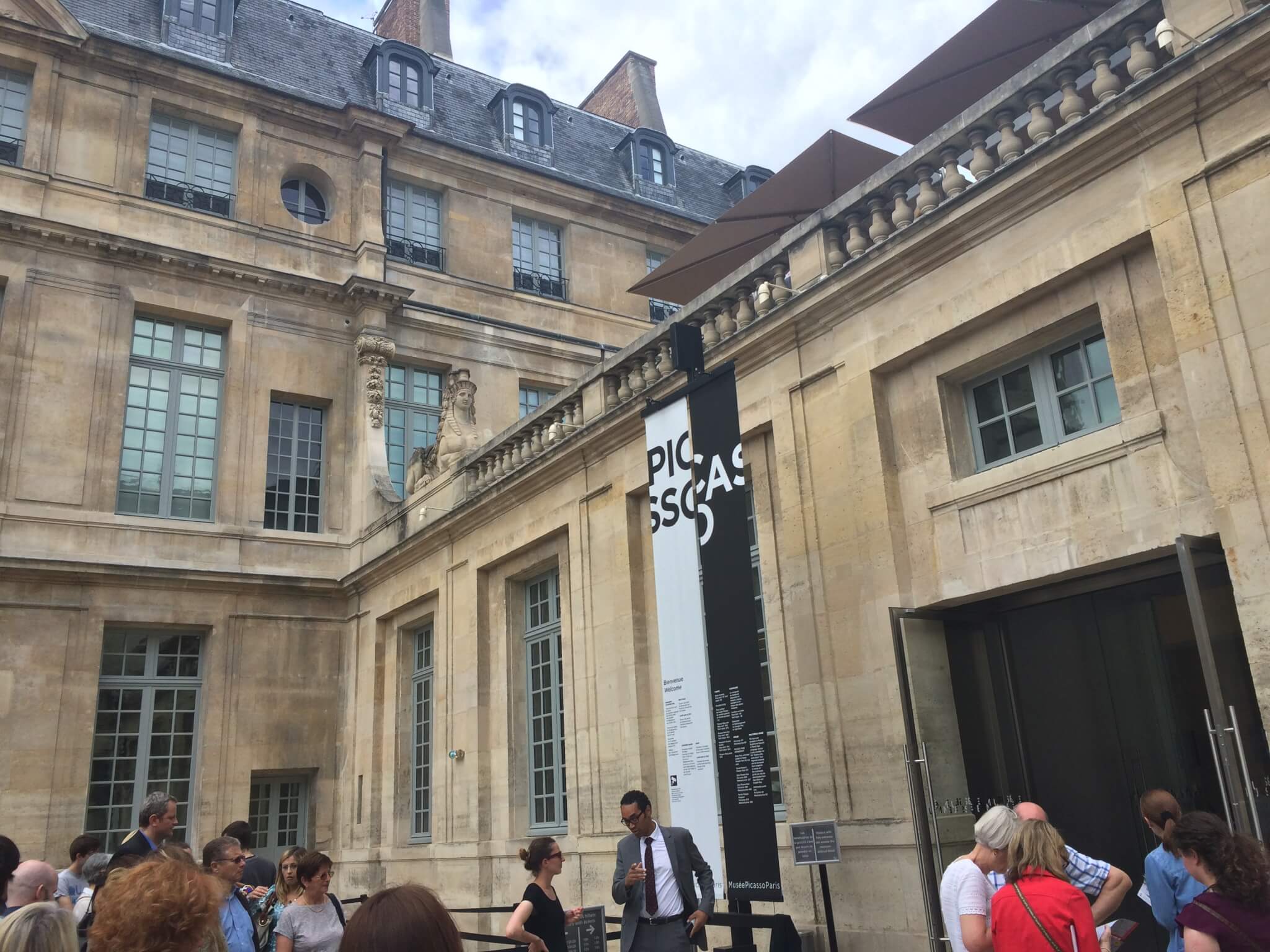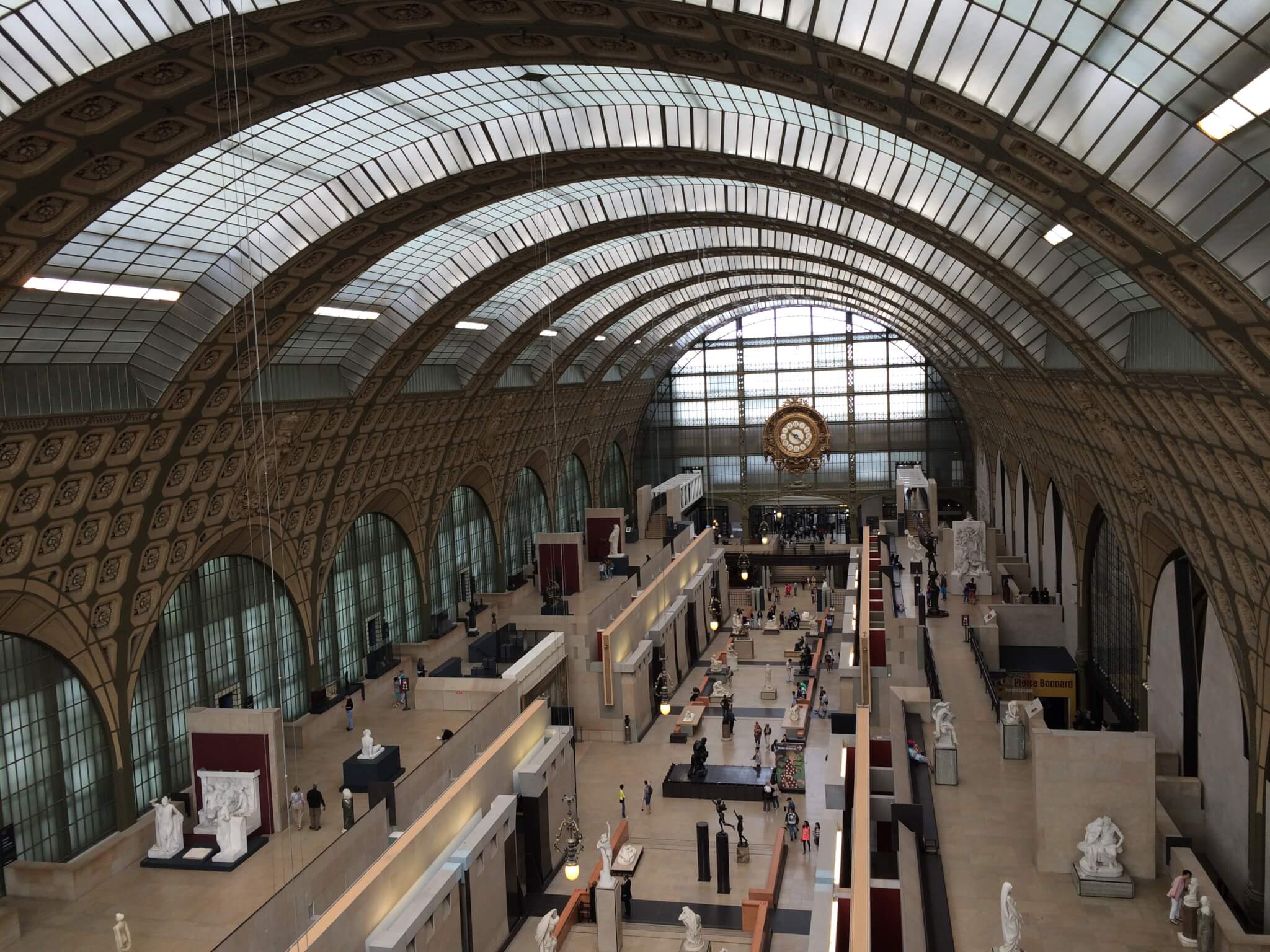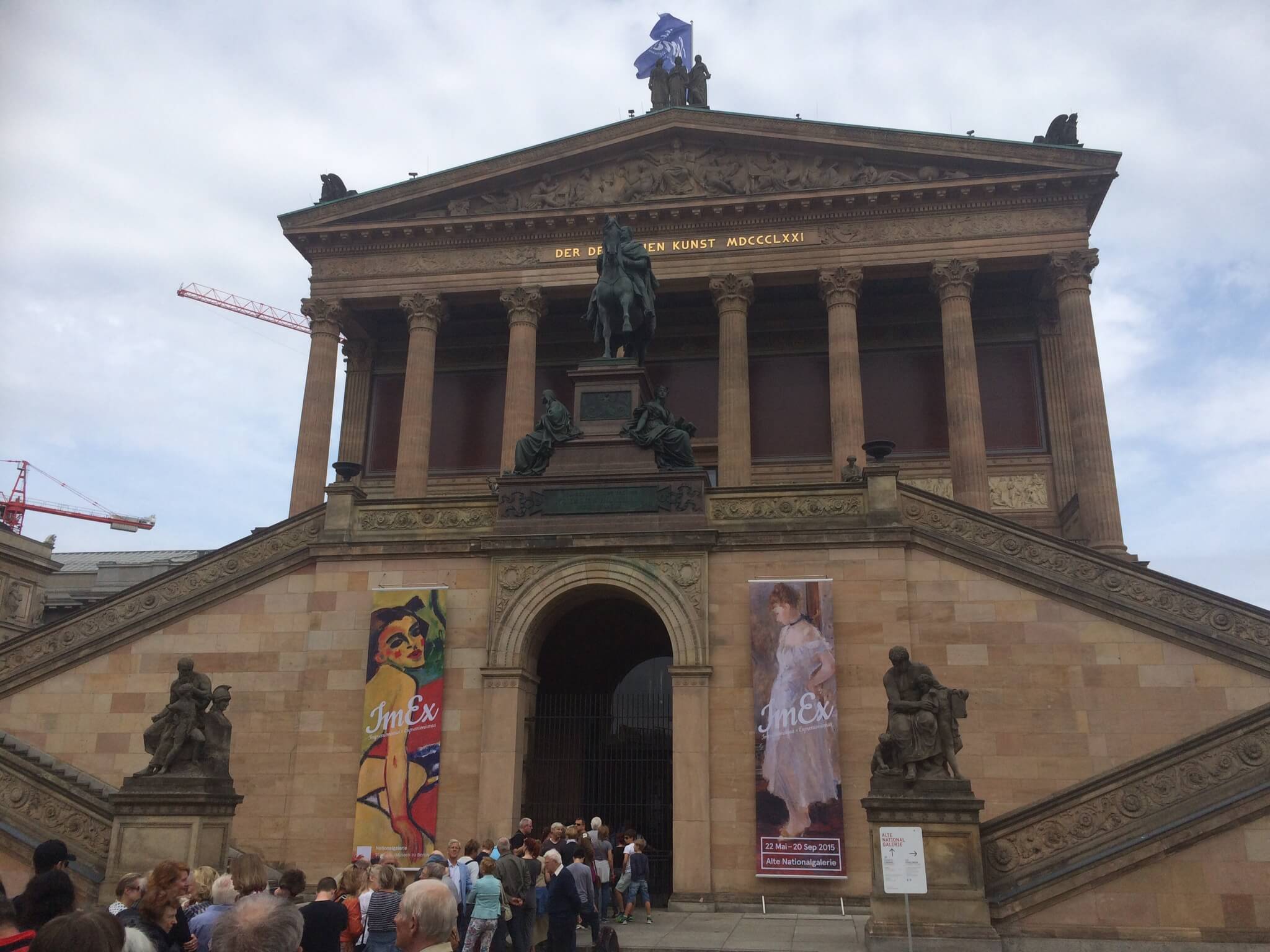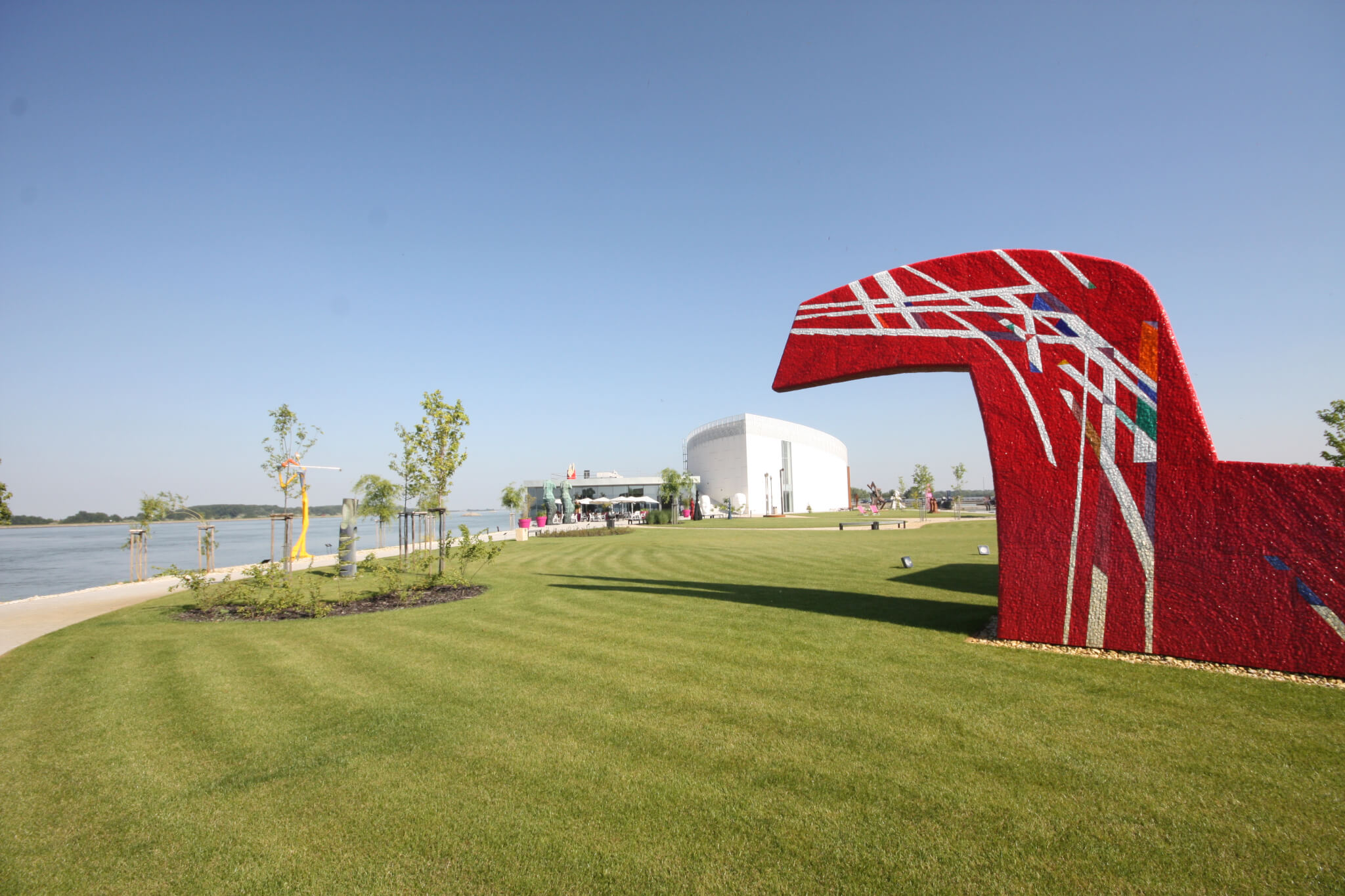Not far away from the Alhambra in Granada, Spain you can visit the Fundación Rodríguez-Acosta with a museum and a very special artificial garden. I must admit, when I entered the building I was pretty unsure if it was worth the detour. But in the end I was pretty happy that I did it. The fundación preserves the heritage of José María Rodríguez-Acosta, a Spanish painter from Granada – and in my opinion a crazy and cool guy. Continue reading “Because he could”
The biggest playground
The Deutsches Museum in München, Germany (official name: Deutsches Museum von Meisterwerken der Naturwissenschaft und Technik) is a vast technology museum located on the museum island south-east of the city center. It has been opened in 1925 and attracts 1.5 million visitors a year. It is the biggest natural science and technology museum of the world and you can roam the 28.000 exhibits for hours and days.
The Israel Museum
The Israel museum is located in the southwest of Jerusalem, directly opposite of the parliament (Knesset). It houses important archeological remains, Jewish art and contemporary and modern international art. It is a fantastic modern museum which also features a sculpture garden. Within the “Shrine of the Book” the scripture roles of Qumran are stored.
Tel Aviv Museum of Art
The Tel Aviv Museum of Art is wonderful art museum consisting of two buildings: the old museum from 1971 housing sponsored galleries and changing exhibitions (showing the views of different photographers on Israel and Palestine during my stay) and a fantastic new building with futuristic architecture.
Continue reading “Tel Aviv Museum of Art”The temple of contemporary art
Going to the Centre Georges-Pompidou in Paris, France is always fun! It is a futuristic building in the heart of Paris, close to the Hôtel de Ville. If you get inside you’ll find free WiFi, a bar, a nice art shop, a children’s art playground – but this museum is a playground for humans of all age.
Continue reading “The temple of contemporary art”Science as it should be presented
I’ve seen some ethnologic museums around the world and most – let’s face it, are quite boring. You only like them if you are an expert or a student in the specific field. But the Musée du quai Branly in Paris, France is really different. Behind a big glass wall separating the museum from the city, there is a huge garden with trees and green fields.
Continue reading “Science as it should be presented”Spanish art in Paris
Pablo Ruiz Picasso is a well known Spanish painter who ended his life in France. Maybe that’s why there is a Musée Picasso in Paris. It is located at a small street in the wonderful neighborhood of le Marais. You can reach it easily from Place de la Bastille or Place des Vosges, as there are a sufficient number of signs guiding you.
Continue reading “Spanish art in Paris”Next stop: Art
The Musée d’Orsay is an art museum in Paris, France. It is located within the old train station Gare d’Orsay close to the Seine, within the 7th arrondissement. The railway station – built for the World Exhibition in 1900 – was transformed into a museum in 1977 by order of the French president Valéry Giscard d’Estaing.
Continue reading “Next stop: Art”ImEx.
The Alte Nationalgalerie (Old national gallery) is part of the museum island in the heart of Berlin, Germany. It has been constructed in 1867 and houses works of the Impressionism, Neoclassicism, Romanticism and of the Biedermeier period. During World War II the building was bombed and it is unclear, which works were destroyed or taken to the Sovjet union as looted art.
Continue reading “ImEx.”Danubiana Meulensteen Art Museum
The Danubiana is a museum of Modern Art located at a river bank of the Danube in the south of Bratislava, at a quarter called Čunovo. In my opinion it is one of the best modern art museums, one that didn’t disappoint me (and I’m often arguing about the works exhibited in those museums).
Continue reading “Danubiana Meulensteen Art Museum”